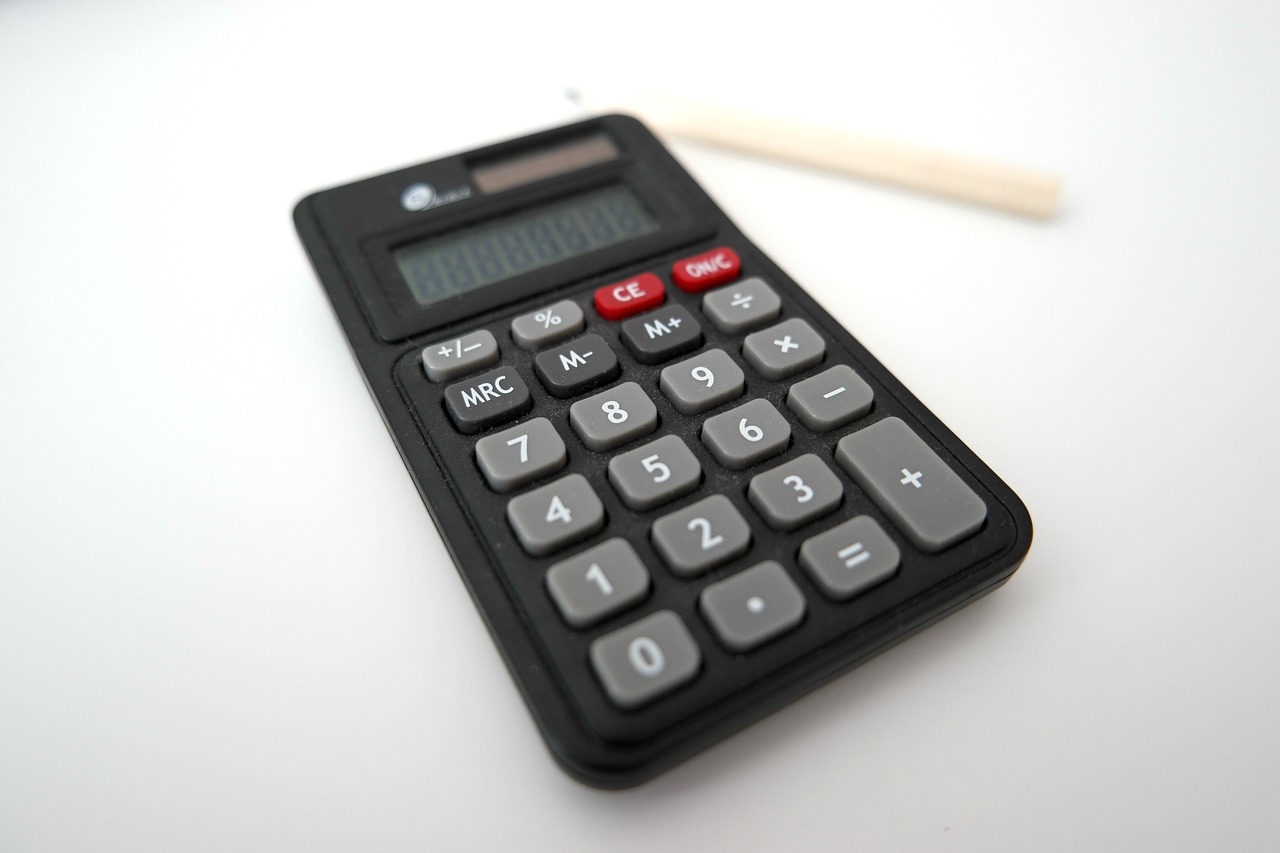PLC与微控制器的区别
PLC(可编程逻辑控制器)和微控制器是两种不同类型的控制器,它们在功能、性能、应用场景等方面存在明显的差异。PLC是一种用于控制机器、工厂、生产线等工业设备的电子系统,具有强大的逻辑控制、数据处理和通信能力。它们通常被用于需要高度精确和可靠控制的工业环境中。微控制器则是一种微型计算机,通常集成在小型设备中,用于控制该设备的操作。微控制器通常具有较低的功耗、体积小巧、价格便宜等优点,因此广泛应用于各种小型设备中。在应用场景方面,PLC通常被用于工业控制领域,而微控制器则更适用于嵌入式系统、智能家居、医疗设备等领域。PLC和微控制器各有其优点和适用场景,选择哪种控制器取决于具体的应用需求。
Title: PLC vs. Microcontroller: Key Differences and Applications

PLC (Programmable Logic Controller) and microcontroller are both important industrial control devices, but they have significant differences in terms of hardware, software, and application scenarios. This article will explore the key differences between PLC and microcontroller, as well as their respective applications.
Hardware Differences
PLC and microcontroller have different hardware architectures. PLC is typically composed of a CPU, memory, input/output interface, and communication interface. The CPU is responsible for executing user programs and performing data processing. Memory stores user programs and data. The input/output interface connects to sensors and actuators, and the communication interface allows PLC to communicate with other devices or computers.
On the other hand, microcontroller is a kind of integrated circuit that combines a CPU, memory, input/output interface, and communication interface on a single chip. It is characterized by its small size, low cost, and high reliability. Microcontrollers are widely used in consumer electronics, automotive, and industrial control systems.
Software Differences
PLC and microcontroller have different software development environments and programming languages. PLC programming typically involves the use of ladder logic or function block diagrams, which are easy to learn and implement. However, these programming languages are often limited in terms of their ability to perform complex tasks or algorithms.

On the other hand, microcontroller programming allows for more complex software applications to be developed using C or C++ programming languages. This allows for more sophisticated algorithms and data processing to be performed on the microcontroller. However, it also requires a more sophisticated development environment and programming skills.
Application Differences
PLC and microcontroller have different application scenarios. PLC is primarily used in industrial control systems, where it is responsible for controlling the operations of machines or processes. For example, PLC can be used to control the speed of a motor or to monitor the level of a tank.
On the other hand, microcontroller is often used in consumer electronics or automotive applications. For example, a microcontroller can be used to control the operation of a smartphone or to monitor the performance of a vehicle engine.
Key Differences Summary
1、Hardware Architecture: PLC typically consists of a CPU, memory, I/O interface, and communication interface; microcontroller integrates these functions on a single chip.

2、Software Development: PLC programming uses ladder logic or function block diagrams; microcontroller programming allows for more complex software applications using C or C++.
3、Application Scenarios: PLC primarily used in industrial control systems; microcontroller commonly used in consumer electronics or automotive applications.
Conclusion
PLC and microcontroller are both important industrial control devices with their own unique features and applications. Understanding the key differences between them can help you choose the right device for your specific application needs.
Articles related to the knowledge points of this article:
HSU PLC Controller: The Heart of Your Automation System
Zhoushan PLC Controller Manufacturers
PLC Controller for Shandong Huichuan: A Review of its Application and Performance
How to Test the Goodness of PLC Controller
PLC Controllers in Dongguan Tunnels: Key Infrastructure for Modern Transportation Systems